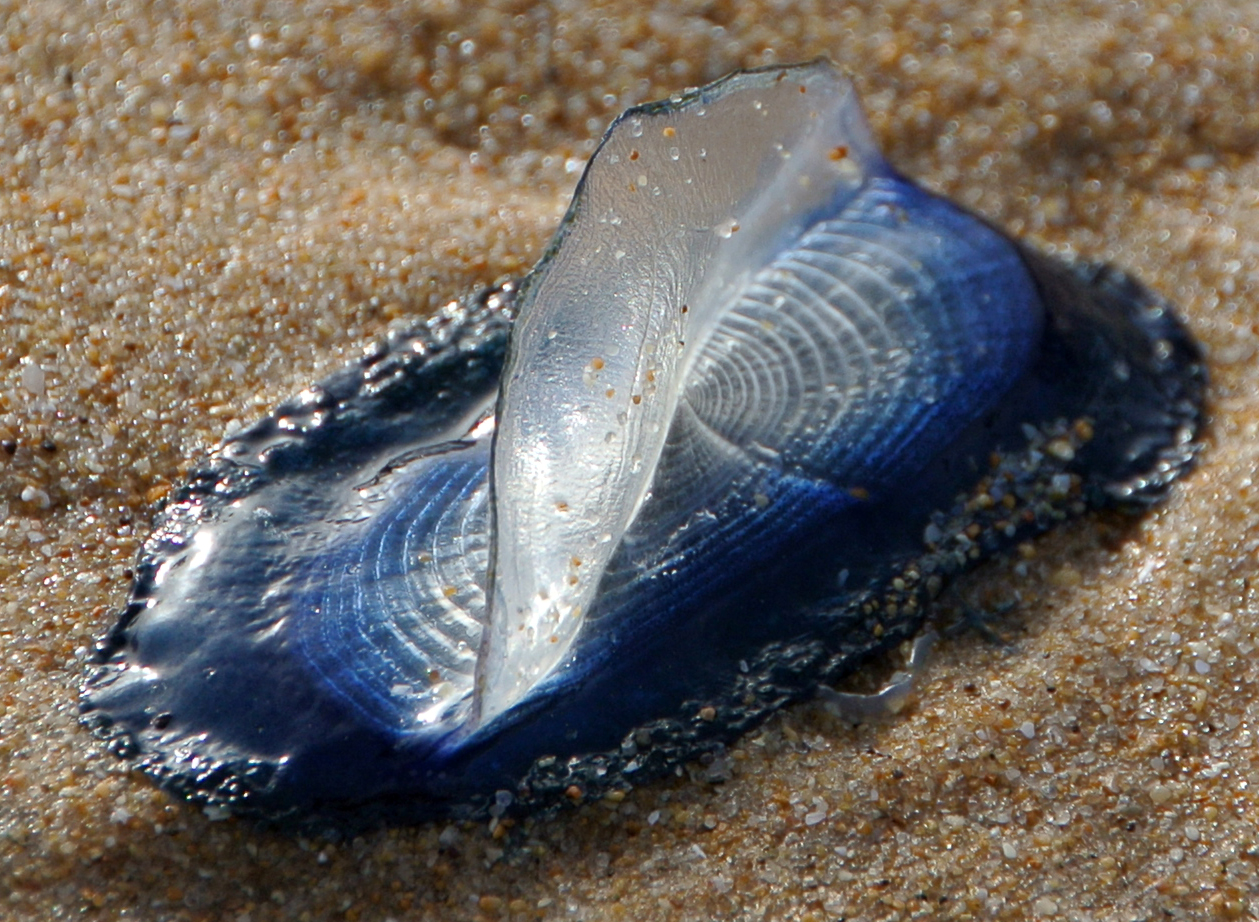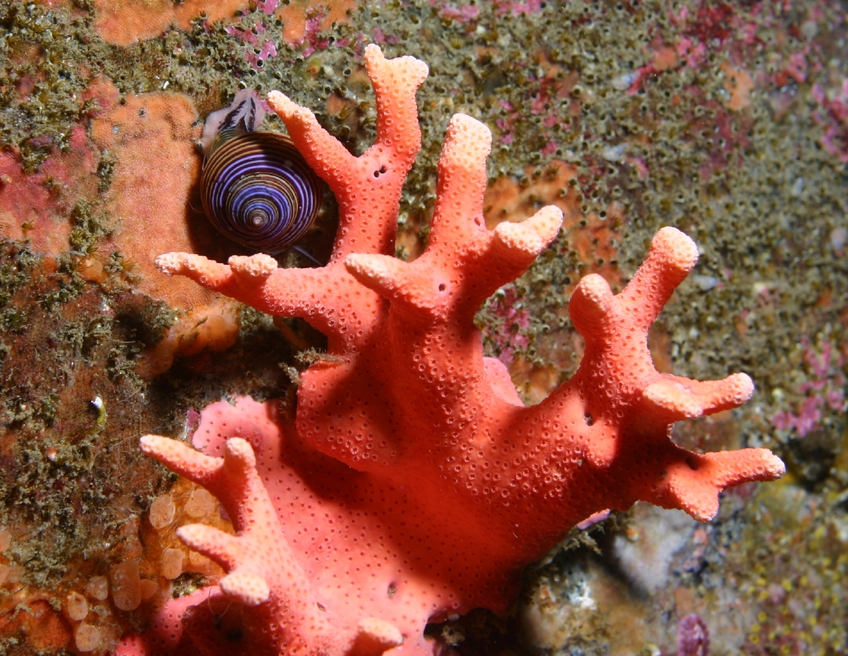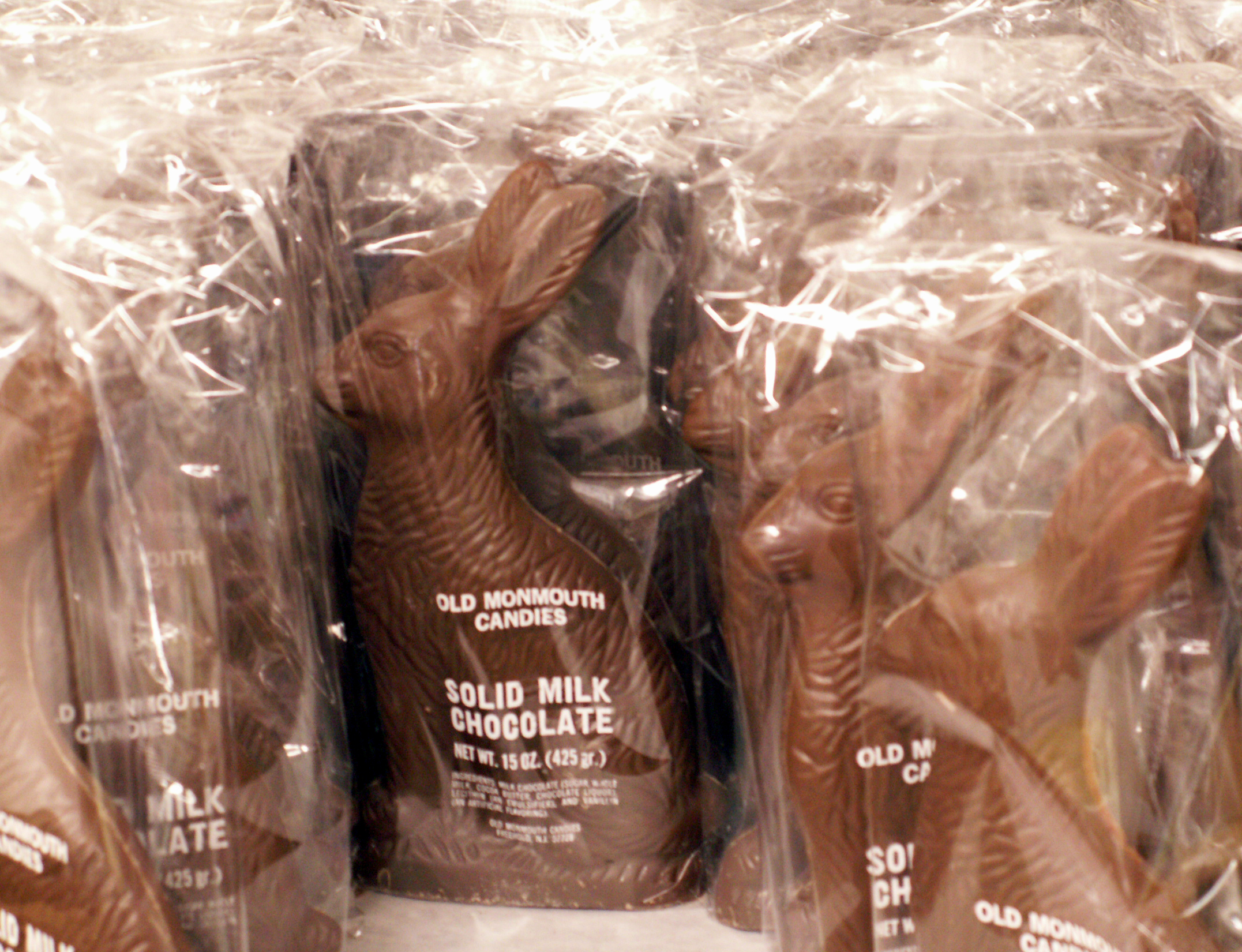|
Chondrophore
The chondrophores or porpitids are a small group of hydrozoans in the family Porpitidae. Though it derives from an outdated name for this lineage, some find the term ''chondrophore'' still useful as a synonym for members of the family Porpitidae – ''porpitids'' – when discussing the two genera contained in '' Porpita'' and ''Velella'', to avoid confusion with the near-identical genus name '' Porpita''. They all live at the surface of the open ocean, and are colonies of carnivorous, free-floating hydroids. The chondrophores look like a single organism, but are actually colonial animals, made up of orderly cooperatives of polyps living under specialized sail-structures. The colony's role in the plankton community is similar to that of pelagic jellyfish. The most familiar members of the family Porpitidae are the blue button ('' Porpita porpita'') and the by-the-wind sailor (''Velella velella''). Description The tiny individual animals are specialized to perform specific ... [...More Info...] [...Related Items...] OR: [Wikipedia] [Google] [Baidu] |
Porpita Porpita
''Porpita porpita'', or the blue button, is a marine organism consisting of a colony of hydroids found in the warmer, tropical and sub-tropical waters of the Pacific, Atlantic, and Indian oceans, as well as the Mediterranean Sea and eastern Arabian Sea. It was first identified by Carl Linnaeus in 1758, under the basionym ''Medusa porpita''. In addition, it is one of the two genera under the suborder Chondrophora, which is a group of cnidarians that also includes ''Velella''. The chondrophores are similar to the better-known siphonophores, which includes the Portuguese man o' war, or ''Physalia physalis''. Although it is superficially similar to a jellyfish, each apparent individual is actually a colony of hydrozoan polyps. The taxonomic class, Hydrozoa, falls under the phylum Cnidaria, which includes anemones, corals, and jellyfish, which explains their similar appearances. Description The blue button can grow up to 30 mm in diameter and lives on the surface of ... [...More Info...] [...Related Items...] OR: [Wikipedia] [Google] [Baidu] |
Digestion
Digestion is the breakdown of large insoluble food compounds into small water-soluble components so that they can be absorbed into the blood plasma. In certain organisms, these smaller substances are absorbed through the small intestine into the blood stream. Digestion is a form of catabolism that is often divided into two processes based on how food is broken down: mechanical and chemical digestion. The term mechanical digestion refers to the physical breakdown of large pieces of food into smaller pieces which can subsequently be accessed by digestive enzymes. Mechanical digestion takes place in the mouth through Chewing, mastication and in the small intestine through segmentation contractions. In chemical digestion, enzymes break down food into the small compounds that the body can use. In the human digestive system, food enters the mouth and mechanical digestion of the food starts by the action of mastication (chewing), a form of mechanical digestion, and the wetting contact ... [...More Info...] [...Related Items...] OR: [Wikipedia] [Google] [Baidu] |
Hydrozoan
Hydrozoa (hydrozoans; from Ancient Greek ('; "water") and ('; "animals")) is a taxonomic class of individually very small, predatory animals, some solitary and some colonial, most of which inhabit saline water. The colonies of the colonial species can be large, and in some cases the specialized individual animals cannot survive outside the colony. A few genera within this class live in freshwater habitats. Hydrozoans are related to jellyfish and corals, which also belong to the phylum Cnidaria. Some examples of hydrozoans are the freshwater jelly ('' Craspedacusta sowerbyi''), freshwater polyps ('' Hydra''), '' Obelia'', Portuguese man o' war (''Physalia physalis''), chondrophores (Porpitidae), and pink-hearted hydroids ('' Tubularia''). Anatomy Most hydrozoan species include both a polypoid and a medusoid stage in their life cycles, although a number of them have only one or the other. For example, ''Hydra'' has no medusoid stage, while '' Liriope'' lacks the polypoid ... [...More Info...] [...Related Items...] OR: [Wikipedia] [Google] [Baidu] |
Siphonophorae
Siphonophorae (from Ancient Greek σίφων (siphōn), meaning "tube" and -φόρος (-phóros), meaning "bearing") is an order within Hydrozoa, a class of marine organisms within the phylum Cnidaria. According to the World Register of Marine Species, the order contains 175 species described thus far. Siphonophores are highly polymorphic and complex organisms. Although they may appear to be individual organisms, each specimen is in fact a colonial organism composed of medusoid and polypoid zooids that are morphologically and functionally specialized. Zooids are multicellular units that develop from a single fertilized egg and combine to create functional colonies able to reproduce, digest, float, maintain body positioning, and use jet propulsion to move. Most colonies are long, thin, transparent floaters living in the pelagic zone. Like other hydrozoans, some siphonophores emit light to attract and attack prey. While many sea animals produce blue and green biolumines ... [...More Info...] [...Related Items...] OR: [Wikipedia] [Google] [Baidu] |
Anthomedusae
Anthoathecata, or the athecate hydroids, are an order (biology), order of hydrozoans belonging to the phylum (biology), phylum Cnidaria. A profusion of alternate scientific names exists for this long-known and heavily discussed group. It has also been called Gymnoblastea and (with or without an emended ending ''-ae''), Anthomedusa, Athecata, Hydromedusa, and Stylasterina. There are about 1,200 species worldwide.Schuchert, P. (2014). Anthoathecata. Accessed through: Schuchert, P. (2014) World Hydrozoa database at http://www.marinespecies.org/hydrozoa/aphia.php?p=taxdetails&id=13551 on 2014-10-31 These hydrozoans always have a polyp (zoology), polyp stage. Their wiktionary:hydranth, hydranths grow either solitary or in colonies. There is no firm perisarc around the polyp body. The medusa (biology), medusae, or jellyfish, are solitary animals, with tentacles arising from the bell margin, lacking statocysts but possessing radial canals. Their gonads are on the manubrium ("handle").Bou ... [...More Info...] [...Related Items...] OR: [Wikipedia] [Google] [Baidu] |
Order (biology)
Order () is one of the eight major hierarchical taxonomic ranks in Linnaean taxonomy. It is classified between family and class. In biological classification, the order is a taxonomic rank used in the classification of organisms and recognized by the nomenclature codes. An immediately higher rank, superorder, is sometimes added directly above order, with suborder directly beneath order. An order can also be defined as a group of related families. What does and does not belong to each order is determined by a taxonomist, as is whether a particular order should be recognized at all. Often there is no exact agreement, with different taxonomists each taking a different position. There are no hard rules that a taxonomist needs to follow in describing or recognizing an order. Some taxa are accepted almost universally, while others are recognized only rarely. The name of an order is usually written with a capital letter. For some groups of organisms, their orders may follow consist ... [...More Info...] [...Related Items...] OR: [Wikipedia] [Google] [Baidu] |
Turquoise (color)
Turquoise ( ) is a cyan color, based on the turquoise, mineral of the same name. The word ''turquoise'' dates to the 17th century and is derived from the French language, French , meaning 'Turkish', because the mineral was first brought to Europe through Turkey from mines in the historical Greater Khorasan, Khorasan province of Iran (Persia) and Afghanistan today. The first recorded use of ''turquoise'' as a color name in English language, English was in 1573. The Web colors#X11 color names, X11 color named turquoise is displayed on the right. Turquoise gemstones Turquoise is an opaque, blue-to-green mineral that is a hydrate, hydrous phosphate of copper and aluminium, with the chemical formula copper, Cualuminium, Al6(phosphorus, Poxygen, O4)4(Ohydrogen, H)8·4water, H2O. It is rare and valuable in finer grades and has been prized as a gemstone, gem and ornamental stone for thousands of years owing to its unique hue. In many cultures of the Old world, Old and New Worlds, t ... [...More Info...] [...Related Items...] OR: [Wikipedia] [Google] [Baidu] |
Cellophane
Cellophane is a thin, transparent sheet made of regenerated cellulose. Its low permeability to air, oils, greases, bacteria, and liquid water makes it useful for food packaging. Cellophane is highly permeable to water vapour, but may be coated with nitrocellulose lacquer to prevent this. Cellophane is also used in transparent pressure-sensitive tape, tubing, and many other similar applications. Cellophane is compostable and biodegradable, and can be obtained from biomaterials. The original production process uses carbon disulfide (CS2), which has been found to be highly toxic to workers. The newer lyocell process can be used to produce cellulose film without involving carbon disulfide. "Cellophane" is a generic term in some countries, while in other countries it is a registered trademark owned by DuPont. Production Cellulose is produced from wood, cotton, hemp, and other organic fibres, dissolved in alkali and carbon disulfide to make a solution of liquid viscose. The s ... [...More Info...] [...Related Items...] OR: [Wikipedia] [Google] [Baidu] |
Ocean
The ocean is the body of salt water that covers approximately 70.8% of Earth. The ocean is conventionally divided into large bodies of water, which are also referred to as ''oceans'' (the Pacific, Atlantic, Indian Ocean, Indian, Southern Ocean, Antarctic/Southern, and Arctic Ocean),"Ocean." ''Merriam-Webster.com Dictionary'', Merriam-Webster, https://www.merriam-webster.com/dictionary/ocean . Accessed March 14, 2021. and are themselves mostly divided into seas, gulfs and Lists of bodies of water#Seawater bodies, subsequent bodies of water. The ocean contains 97% of Water distribution on Earth, Earth's water and is the primary component of Earth's hydrosphere, acting as a huge Ocean heat content, reservoir of heat for Earth's energy budget, as well as for its carbon cycle and water cycl ... [...More Info...] [...Related Items...] OR: [Wikipedia] [Google] [Baidu] |
Pelagic Zone
The pelagic zone consists of the water column of the open ocean and can be further divided into regions by depth. The word ''pelagic'' is derived . The pelagic zone can be thought of as an imaginary cylinder or water column between the surface of the sea and the bottom. Conditions in the water column change with depth: pressure increases; temperature and light decrease; salinity, oxygen, micronutrients (such as iron, magnesium and calcium) all change. In a manner analogous to stratification in the Earth's atmosphere, the water column can be divided vertically into up to five different layers (illustrated in the diagram), with the number of layers depending on the depth of the water. Marine life is affected by bathymetry (underwater topography) such as the seafloor, shoreline, or a submarine seamount, as well as by proximity to the boundary between the ocean and the atmosphere at the ocean surface, which brings light for photosynthesis, predation from above, and wind sti ... [...More Info...] [...Related Items...] OR: [Wikipedia] [Google] [Baidu] |






